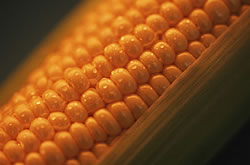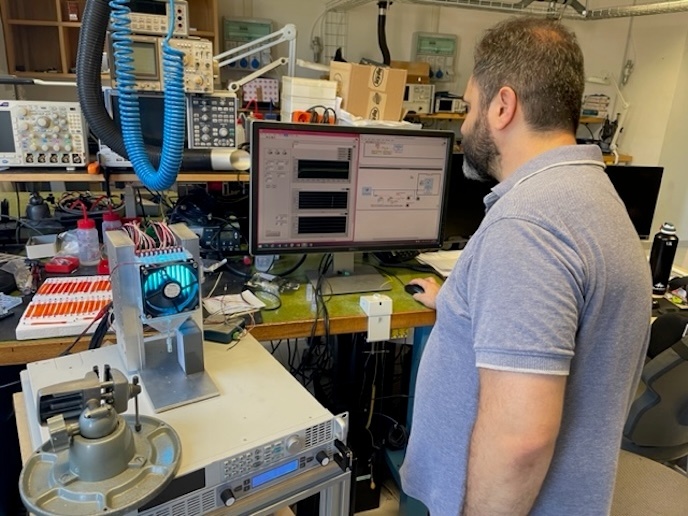Defensive strategies against Western Corn Rootworm
A major cause for concern is not only WCR's continued invasion in Italy but also the threat posed to countries in Central Europe. Furthermore, although this species particularly feeds on corn, many other plants have also been identified as food sources for both adult and larval feeding. Thankfully, expert measures that include crop management, plant-insect interactions, natural enemy evaluation, risk management and biotechnological control have been developed. The selected strategies, focused in the area near the Venice airport, are divided into two main parts: eradication and containment. However, before these were implemented, prevention and eradication measures were needed in order to monitor and promptly detect newly arrived populations. In order for reliable prevention to occur, it is essential that maize cultivation and maize monoculture are halted near sensitive sites such as airports. Upon detection of WCR, restrictions must be imposed regarding the planting of maize in fields. As a way to monitor the WCR population, sex pheromone traps could be used and insecticide treatments could be applied to all fields to control adult populations. Additionally important is prohibiting the movement of fresh maize or soil of corn grown outside the focus area the previous year to avoid spreading. Furthermore, it is important that plants are not harvested before the beginning of October or that they at least have been allowed to dry before they are removed. As these strategies are implemented against Western Corn Rootworm, the threat of it spreading could be dramatically reduced, resulting in safe and effective crop management of maize production.







